Rose Dale, Manor Farm, Buckinghamshire 2/3
How is it connected across the farm and beyond?
We are conscious of the importance of linking habitats and wildlife corridors, so we try to join up hedgerows and ensure that there are suitable habitats for different species right across the farm.
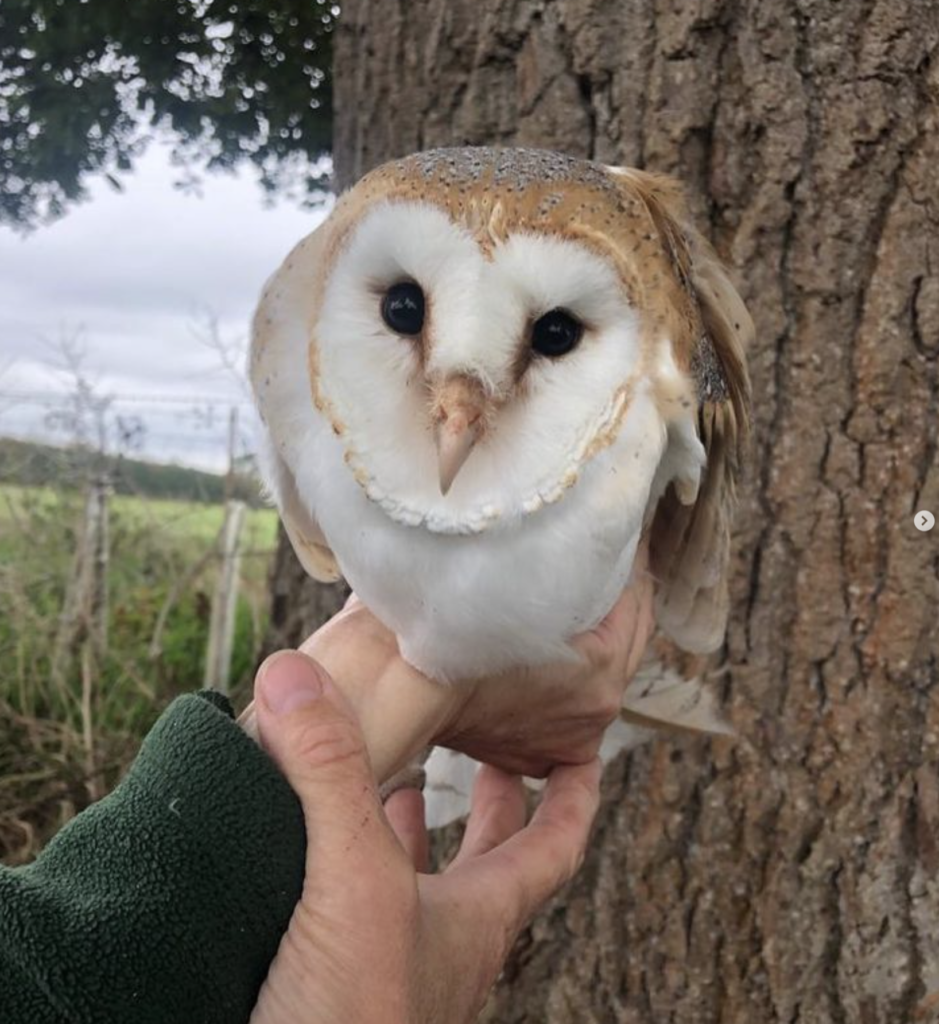 (Photo: barn owl)
(Photo: barn owl)
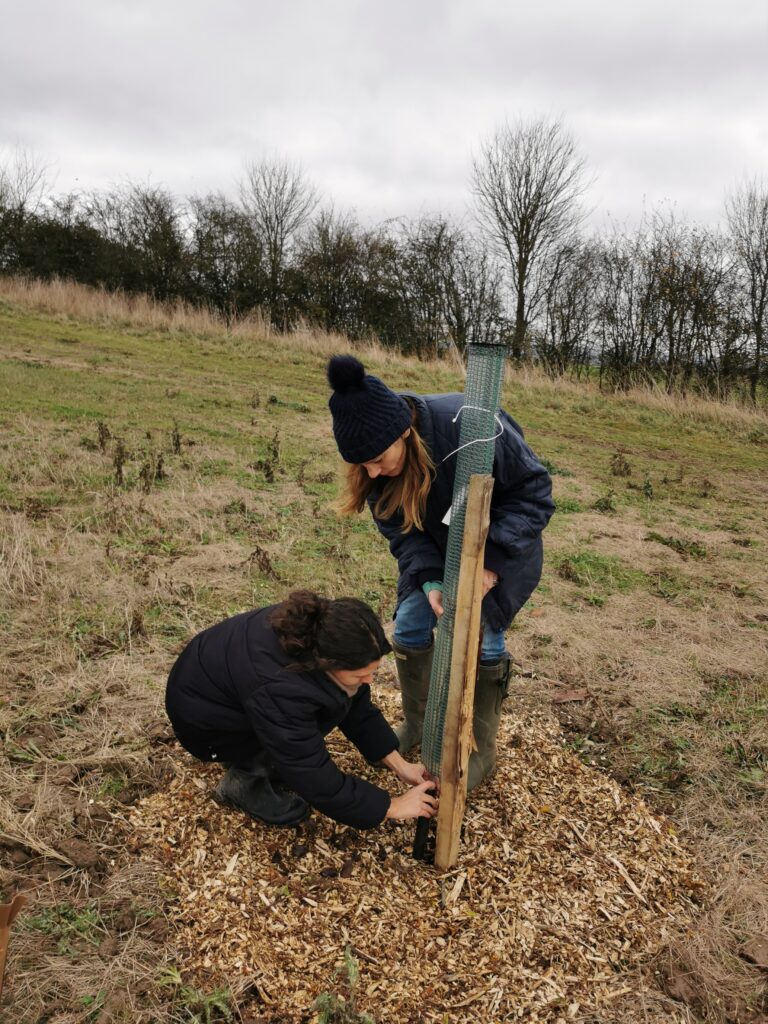 (Photo: planting heritage apple trees)
(Photo: planting heritage apple trees)
We are participating in a farm cluster which is focused around the River Thame. We are working on flood management, wetland creation and water quality along the whole river. This involves working with many other farmers and sharing knowledge and advice.
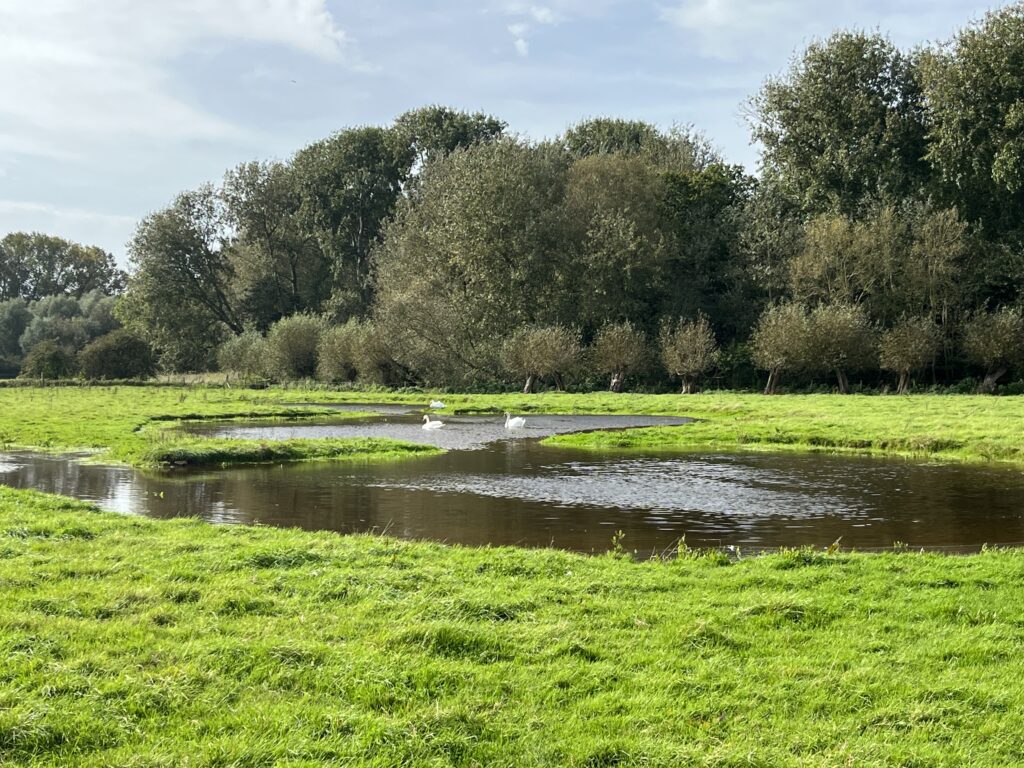 (Photo: river restoration)
(Photo: river restoration)
I am also interested in how policy and schemes can be shaped to encourage farmers to use nature-positive practices. I have engaged with two Defra Test and Trial projects through Pilio, the first of which was focused on how landscape scale projects can be run in the River Thame area and how to evidence and monitor biodiversity improvement. The second project is looking at how Buckinghamshire and the various stakeholders in the county can work together and take strategic actions for the environment and nature - exploring the business model for connecting farmers and landowners with potential funders of environmental and biodiversity projects.
What are the benefits to the farm and is it increasing its climate and business resilience? If so, in what way?
For many reasons farmers have been pressured to increase production and productivity – to the detriment of the environment and the land’s natural resilience. By nurturing nature rather than seeking to control it, by using fewer inputs and encouraging a healthy soil covered by diverse plants and animals, a farm becomes more resilient to a changing climate and to market fluctuations. This leads to healthier livestock and to better-quality, more nutrient-dense meat and other produce.
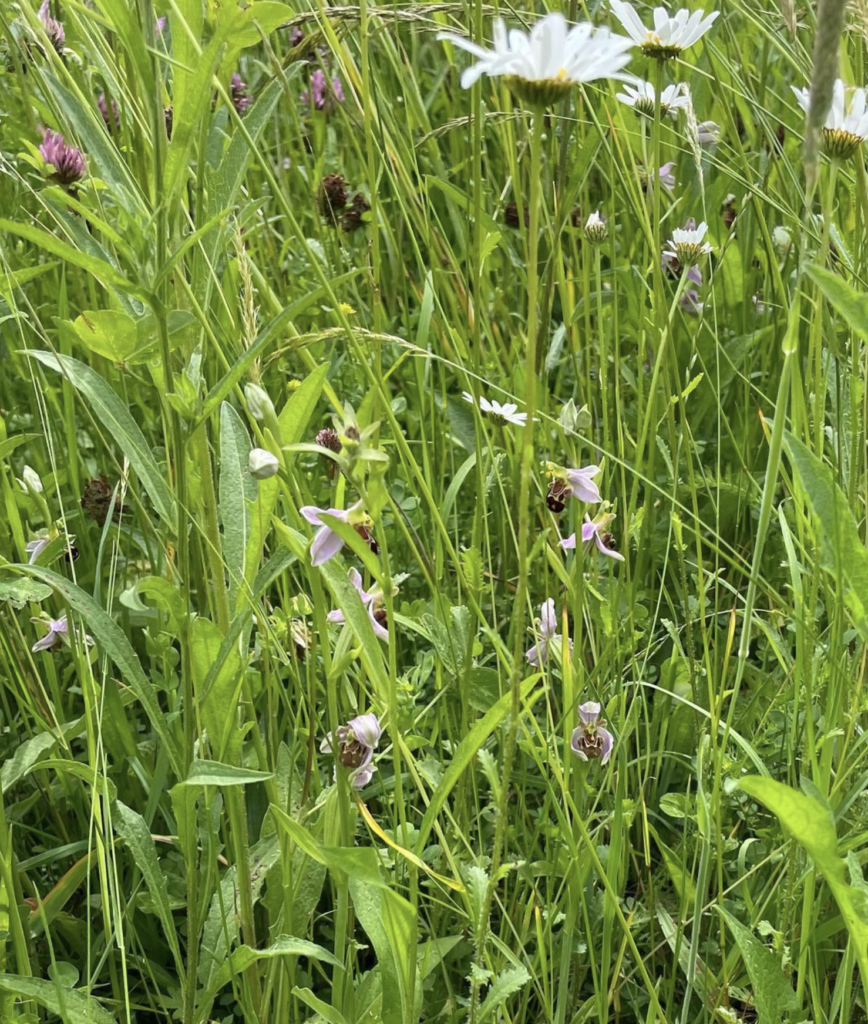 (Photo: bee orchids)
(Photo: bee orchids)
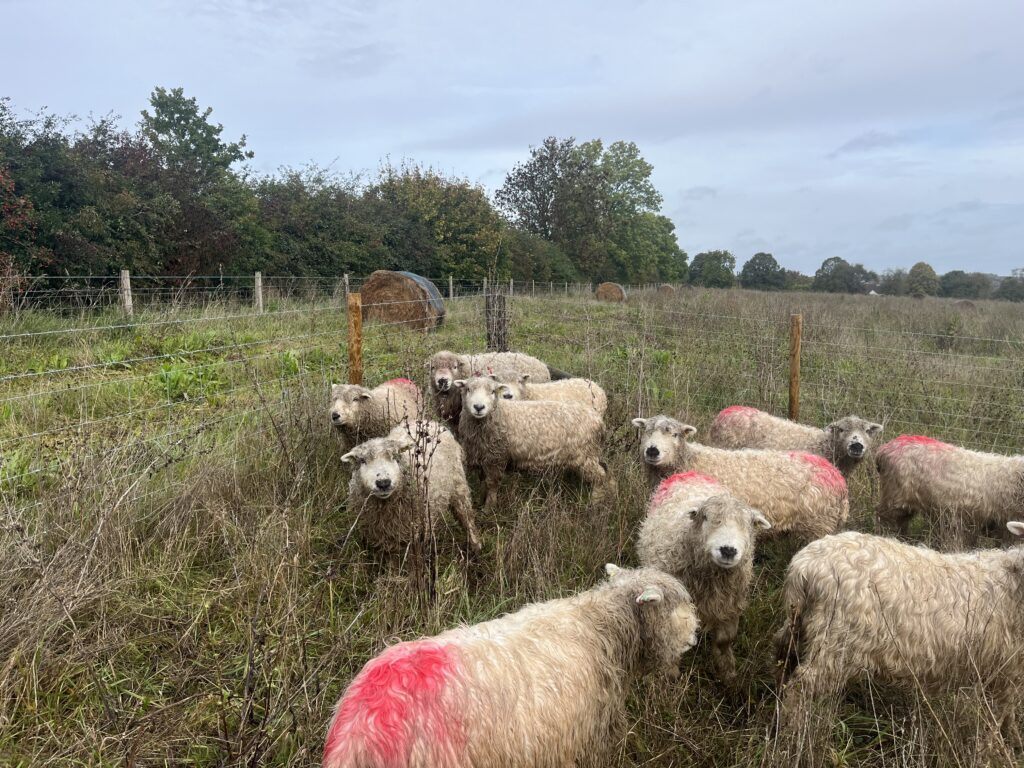 (Photo: grey faced Dartmoor)
(Photo: grey faced Dartmoor)
Farm resilience comes from having a healthy ecosystem. Helping people to understand how their diet and health are inextricably linked to the land and to farming practices can also enhance a farm’s resilience through the relationship with its customers. A local supply chain of abattoirs, hauliers and butchers is needed so that meat can be sold direct. We sell direct to our customers who value our high quality, natural products and the beautiful environment that results from farming in this way.
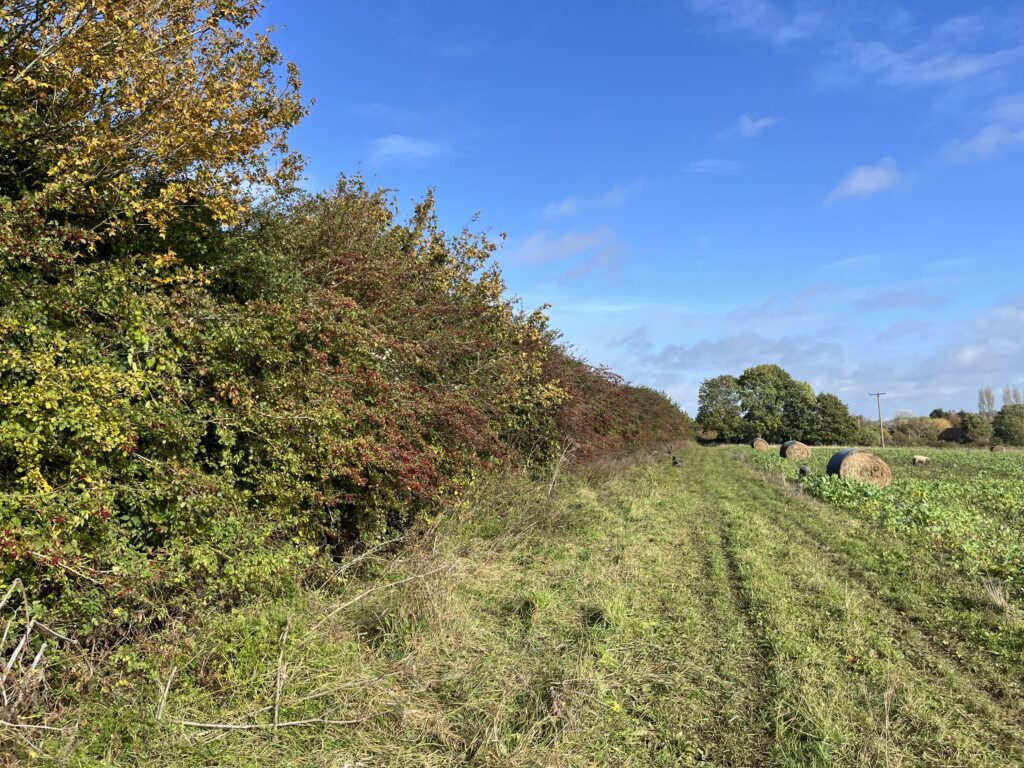 (Photo: bale grazing hedgerow)
(Photo: bale grazing hedgerow)
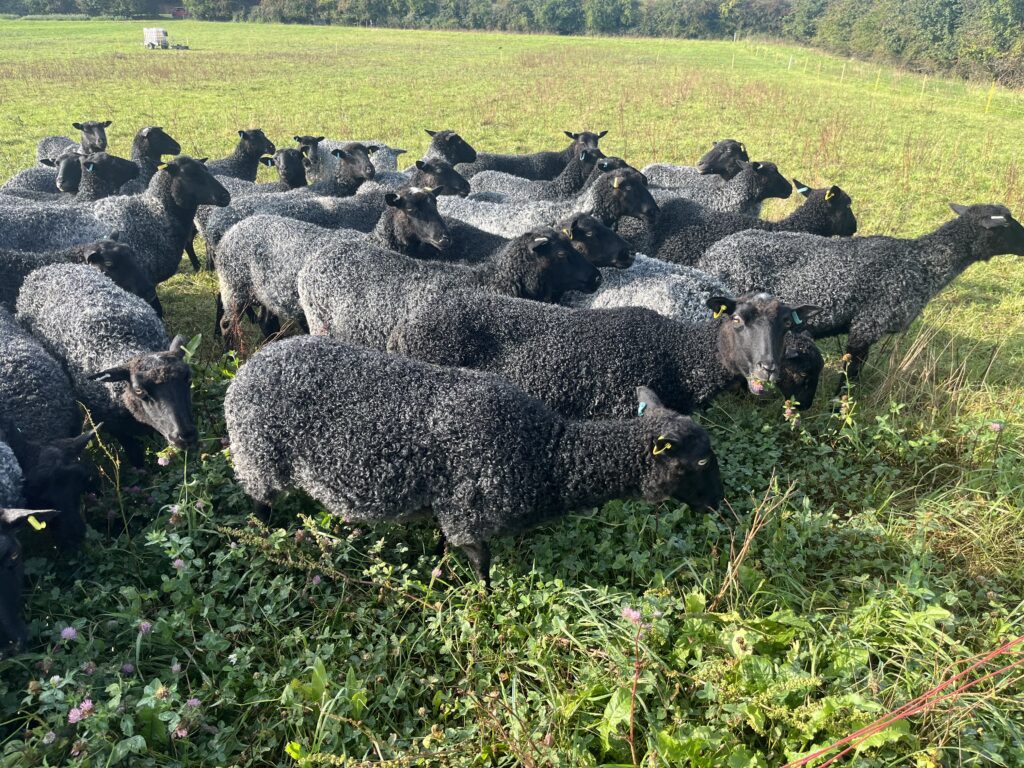 (Photo: Gotland sheep)
(Photo: Gotland sheep)
I am also exploring other income sources and am hoping to set up a Biodiversity Net Gain scheme that should enable me to farm for nature and for good food whilst being paid for bringing back biodiversity. I believe this scheme has great potential to benefit farmers and biodiversity if rolled out properly, but there are barriers to entry with significant upfront capital costs for farmers and currently a lack of clarity and delays.



